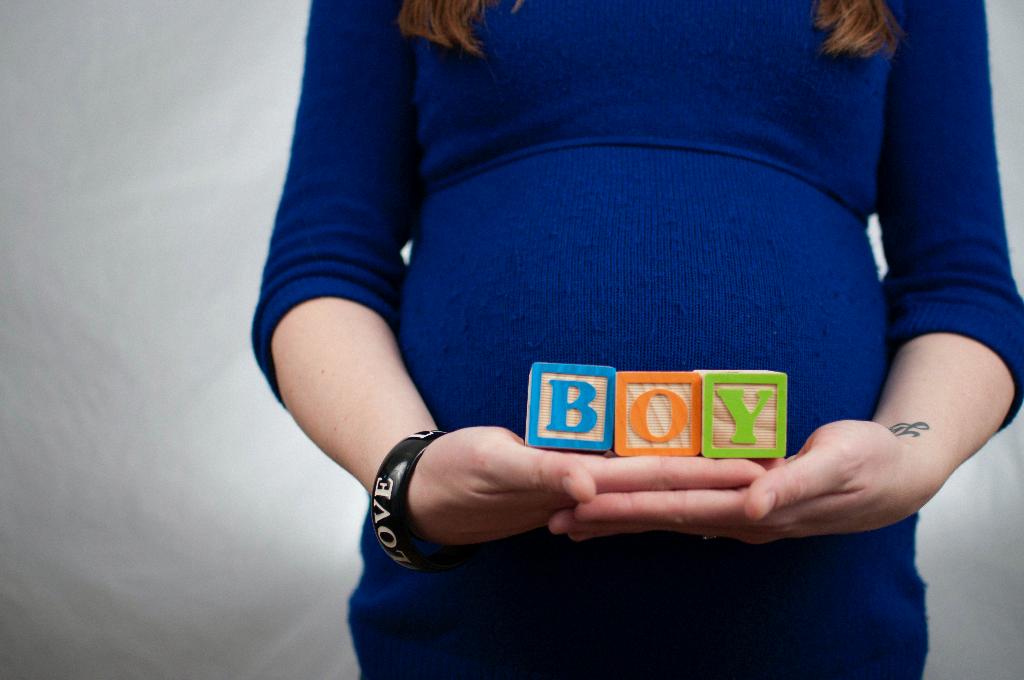Reducing the chances of getting pregnant without using birth control requires understanding your menstrual cycle. The menstrual cycle typically lasts about 28 days, with ovulation usually occurring around the midpoint.
Identifying Your Fertile Window
To reduce the risk of pregnancy, it is crucial to identify your fertile window. This window typically spans around 6 to 9 days per month, starting a few days before ovulation and ending shortly after. This is when you are most fertile and at a higher risk of conceiving.
Tracking Ovulation Cycles
Keeping track of your ovulation cycles can be beneficial in pinpointing when you are most fertile. Methods such as tracking basal body temperature, cervical mucus changes, or using ovulation predictor kits can help determine the timing of ovulation.
Avoiding Unprotected Sex During Fertile Period
One effective way to reduce the chances of getting pregnant without birth control is to abstain from unprotected sex during your fertile period. By refraining from intercourse during this window, you lower the risk of fertilization and conception.
Understanding Sperm Longevity
It’s crucial to know that sperm can survive in the female reproductive tract for several days. Therefore, engaging in unprotected sex before ovulation could still lead to pregnancy if sperm is present when ovulation occurs.
Utilizing Barrier Methods
While not considered a form of hormonal birth control, using barrier methods such as condoms during fertile days can provide an additional layer of protection against pregnancy by preventing sperm from reaching the egg.
Embracing Natural Family Planning
Embracing natural family planning methods involves working with the body’s natural rhythms to achieve or avoid pregnancy. By understanding your cycle and making informed decisions about when to engage in intercourse, you can reduce the risk of conception.
Communicating With Your Partner
Open communication with your partner is essential when opting for non-hormonal methods of pregnancy prevention. Discussing and agreeing on when to abstain from sex or use protection during fertile days can help you both be on the same page.
Considering Emergency Contraception
While not a routine method of contraception, being aware of emergency contraception options can provide a backup plan in case of a contraceptive mishap during fertile days. However, these methods should not be relied upon regularly.
Seeking Professional Guidance
If you are unsure about natural methods of pregnancy prevention or have irregular cycles, consulting with a healthcare provider or a reproductive health specialist can offer personalized guidance and support in understanding your fertility.
Developing a Strategy for Contraception
Developing a comprehensive strategy for contraception involves combining multiple methods or practices to enhance effectiveness. By utilizing a combination of tracking cycles, using barrier methods, and communicating openly with your partner, you can minimize the risk of unintended pregnancy.
Remaining Informed and Empowered
Ultimately, reducing the chances of getting pregnant without birth control requires a deep understanding of your body, fertility cycles, and available options. By staying informed, empowered, and proactive about your reproductive health, you can make informed choices that align with your goals and preferences.

